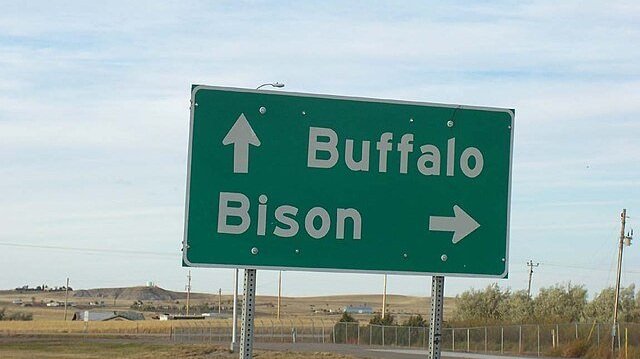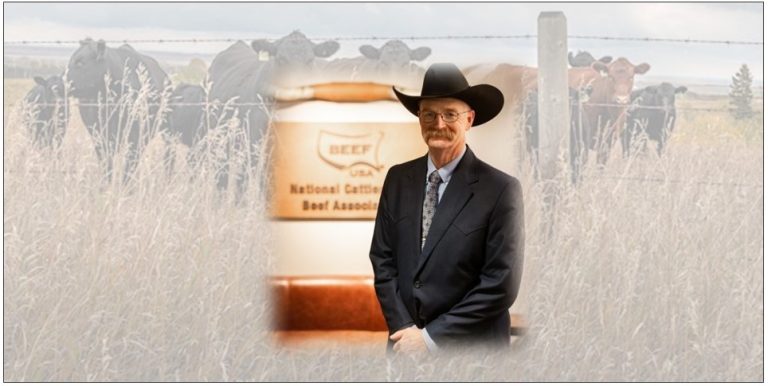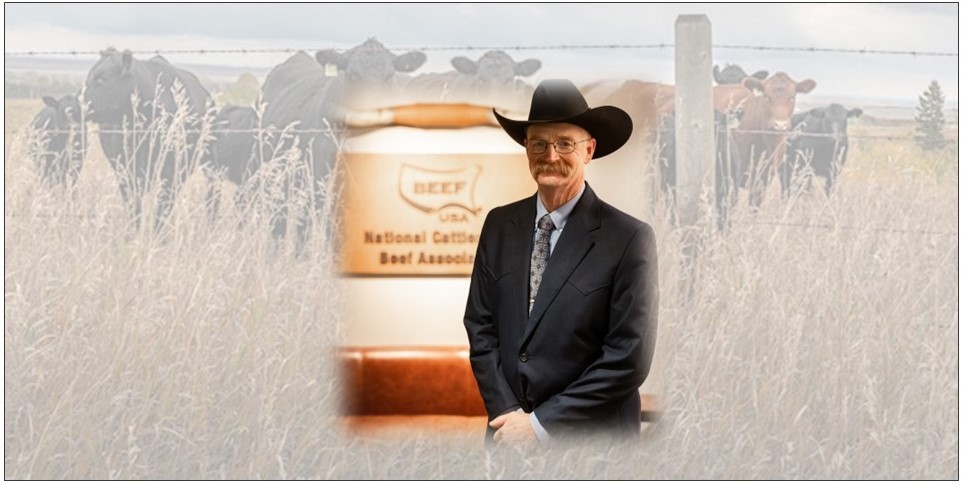WASHINGTON, D.C. – Senate Agriculture Committee Chairwoman Debbie Stabenow, D-Mich., has released the text of the Farm Bill she hopes can get through Congress before the end of the year and pushed back on Republicans she sees as stalling on the effort.
Stabenow’s decision to release the text is a signal that she still hopes Congress will pass a farm bill before it adjourns, or at least put her detailed, 1,397-page proposal on the table. Congress has a lot to do before it adjourns — including passing a measure to fund the government, the National Defense Reauthorization Act, as well as dealing with disaster aid. The prospects for passage of a farm bill appear slim.
On a call this week with reporters, Stabenow said Congress is at a point where lawmakers have to decide if they want a new Farm Bill. She expressed some frustration that Republicans throughout the year have thrown up roadblocks or “red lines” to getting a new bill passed.
“Every time I made a move to agree on something there were more red lines being put up,” Stabenow said. She added, “I decided to wait and then was very disappointed that we’re having the same conversation about taking money from the nutrition title, not supporting conservation dollars going into the baseline if they included climate language.”
A potential disaster package that is being floated for ranchers and farmers would help some but not all of them, she said.
“At any other time, Republicans would be jumping for joy for this bill. But with the politics right now, we might not be able to see it,” she said. Stabenow later added, “This will work for farmers and ranchers. What I want to hear from my colleagues is why not?”
Congress initially planned to pass a new Farm Bill in 2023, but then lawmakers maintained they could get a farm bill done in an election year. Instead, the farm bill expired on Sept. 30 and now more than 30 programs are shut down until Congress passes a new bill or an extension.
The chairwoman throughout the year has had a hard time mustering Republican support to pass a farm bill out of her committee. Now, Republicans have a “trifecta” of the presidency, House and Senate majority in 2025, which means GOP senators are less likely to agree to Stabenow’s late push for a farm bill.
The House Agriculture Committee passed a Farm Bill out of committee in May but has not been able to get leadership support to bring the legislation to the floor for a vote either.
Then on November 18, 2024, the Senate Agriculture, Nutrition and Forestry Committee released a revised draft of the Rural Prosperity and Food Security Act, the Senate’s version of the new Farm Bill.
Sen. Roger Marshall, R-Kan., a member of the Senate Agriculture Committee, criticized Stabenow’s bill, saying Republicans on the committee had not been briefed on the details or participated in drafting it. Marshall said the bill “is not a sincere or transparent effort to address the urgent needs of Rural America.” Instead, Marshall called it a “power play” by Senate Democrats.
“Despite Stabenow’s attempt to upend the process, as a member of the Senate Ag Committee representing Kansas agriculture, I remain committed to reviewing this bill and advocating for the needs of our farmers and ranchers. With farmers facing record decreases in net farm income, we must put farm back in the farm bill by increasing crop insurance coverage and reference prices for the American farmer.”
While Republicans have said they want to pass a farm bill with President-elect Donald Trump, the farm bill costs roughly $1.5 trillion over ten years. Trump has already named billionaire Elon Musk and former primary rival Vivek Ramaswamy to a new initiative in his administration to aggressively cut government programs. It’s unclear how a farm bill would be viewed that increases federal spending over a decade.
Stabenow said the bill was made up of more than 100 bipartisan proposals and bills that had been negotiated over the past two-plus years by committee members and other senators.
Stabenow also said the House has been unable to get a floor vote on the bill the House Agriculture Committee passed last May because of $30 billion in proposed cuts to nutrition programs over the next decade. Democrats won’t support those cuts while at least some Republicans will not vote for a farm bill.
“They don’t have enough Republicans that support this despite the best efforts of the House committee to put forward what they wanted,” she said.
Zippy Duvall, president of the American Farm Bureau Federation, said his team is reviewing the bill text, but he noted it’s hard to get a farm bill passed with so few days expected in the lame-duck session of Congress.
“It’s unfortunate that only a few legislative working days remain for Congress to act, but Farm Bureau remains committed to working with elected officials on both sides of the aisle to achieve federal policy that improves the outlook for farmers and ranchers,” Duvall said. “Our members across the nation have been clear in calling for a new farm bill in 2024 that helps farmers hold on after farm income dropped 30% in two years. The hardworking women and men who grow the food, fiber and renewable fuel for our nation cannot afford to wait for good federal policy that helps them manage the day-to-day risks inherent in agriculture.”
The National Pork Producers Council issued a statement stating the group is “deeply disappointed” that Stabenow’s bill does not address California’s Proposition 12 and protecting interstate commerce.
“Though America’s pork producers appreciate Chairwoman Stabenow’s efforts to publish farm bill text, this is simply not a viable bill, as it fails to provide a solution to California Prop. 12,” said NPPC President Lori Stevermer, a pork producer from Easton, Minnesota. “Pork producers have continually spoken up about the negative impacts of this issue, and it is a shame these conversations were disregarded.”
Senate committee staff said the Rural Prosperity and Food Security Act “includes $39 billion in new resources to keep farmers farming, families fed, and rural communities strong. The bill builds on the proposal Chairwoman Stabenow released in May by investing new resources and including innovative, new ideas to deliver the assistance farmers need faster. It provides farmers with the certainty of a 5-year farm bill — so they can plan for the future — and the immediate help they need to manage the urgent needs of the present. It doubles down on our commitment to rural communities, ensures that the Supplemental Nutrition Assistance Program (SNAP) keeps up with the realities of American life, and brings the historic investments in climate-smart conservation practices into the farm bill.
Stabenow’s bill includes $20 billion to strengthen the farm safety net to support all of agriculture and establishes a permanent structure for disaster assistance so emergency relief reaches farmers faster. Stabenow said the bill would raise reference prices 10% to 15% for most crops. It would also accelerate payments under the Agricultural Risk Coverage and Price Loss Coverage (ARC and PLC) programs.
A summary stated the bill increases reference prices while making crop insurance more affordable and providing more support for beginning, underserved and small farmers and ranchers.
“The Rural Prosperity and Food Security Act focuses assistance on the farmers and ranchers with dirt under their fingernails, not billionaires and foreign investors,” the summary stated.
The bill “tackles the climate crisis” but locking in the dollars from the Inflation Reduction Act (IRA) to boost conservation programs. “These programs pull carbon out of the air and place it in the soil for healthier farms and a more resilient future.” The House farm bill decouples those IRA conservation dollars from applying strictly to “climate-smart” practices.
“I played a major role in getting those dollars for farmers. They are using them. Every time you put carbon in the soil, it’s a healthier soil and it takes carbon out of the air, so it’s a win-win,” she said.
The bill also includes $8.5 billion to help families make ends meet, put food on the table and improve access to nutrition assistance. It expands access to fruits and vegetables, and provides more help to military families, seniors and college students to access the Supplemental Nutrition Assistance Program (SNAP).
In rural areas, the bill would invest $4.3 billion to improve quality of life by improving rural health care, childcare and education while creating good-paying jobs and expanding access to high-speed broadband.
A summary of the Senate Committee on Agriculture’s Farm Bill can be found here
A summary of the House Committee on Agriculture’s Farm Bill can be found here













